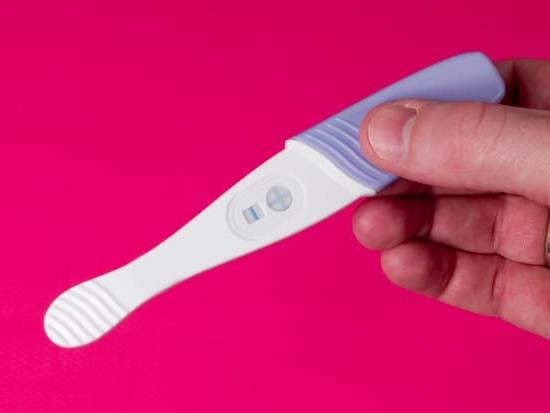What is a Septate Uterus?
A septate uterus is a uterine abnormality where the uterus is divided into two sections by a wall of tissue called a septum. This creates two separate “chambers” within the uterus, and can occur in either one or both sides of the uterus. This condition, which is also commonly referred to as “uterine septum” or “congenital uterine anomaly,” affects about 1 in 500 women and is present in up to 15% of pregnant women.
Causes
The cause of a septate uterus is not known, but it typically occurs as an isolated anomaly before birth. This type of abnormality is usually considered to be a birth defect and is most likely caused by an uneven growth of the uterus during fetal development.
Symptoms
The most common symptom of a septate uterus is infertility, which is when a woman is unable to become pregnant. This may be due to the difficulty the fetus has in implanting in the uterine wall, or from the compromised blood flow to the uterus. Additionally, some women may experience severe menstrual cramps due to the additional pressure from the wall of tissue in the uterus.
Diagnosis
A septate uterus can be diagnosed through ultrasound imaging. An ultrasound is a noninvasive imaging technique that uses sound waves to “see” inside of the uterus. The ultrasound may be able to identify the presence of a septum and can even measure its size and shape. Additionally, a hysterosalpingogram (HSG) can also be used to diagnose a septate uterus. An HSG is an x-ray procedure that examines the inside of the uterus and fallopian tubes.
Treatment
The primary treatment for a septate uterus is surgery to remove the wall of tissue, known as septoplasty. This procedure can help to increase the chances of a successful pregnancy, as well as reduce the risk of miscarriage. Additionally, fertility treatments may also be recommended to increase the chances of conception.
Septate Uterus and Pregnancy
Although a septate uterus can often lead to infertility, it is still possible for women to get pregnant and carry a baby to term. However, the presence of a septum in the uterus can increase the risk of miscarriage, preterm labor, and a host of other complications. In these cases, close monitoring during the pregnancy is essential to ensure the health of both mother and baby.
Risk Factors
There are several risk factors associated with having a septate uterus. These include:
- Age: Women over the age of 35 are at an increased risk of having a septate uterus.
- Family History: Women with a family history of this condition are more likely to develop a septate uterus.
- Miscarriage: Having a septate uterus increases the risk of a miscarriage.
- Preterm Delivery: Women with a septate uterus are more likely to deliver their baby prematurely.
Conclusion
A septate uterus is a congenital uterine anomaly that can lead to infertility and an increased risk of pregnancy complications. However, with the right diagnosis and treatment, women with this condition can still go on to have a successful pregnancy. It is essential that women with a septate uterus receive close monitoring during their pregnancy to ensure the health of both mother and baby.
If you are concerned you may have a septate uterus, it is important to speak with your doctor to discuss the best options for your particular case.

Welcome to my fertility blog. This is a space where I will be sharing my experiences as I navigate through the world of fertility treatments, as well as provide information and resources about fertility and pregnancy.





